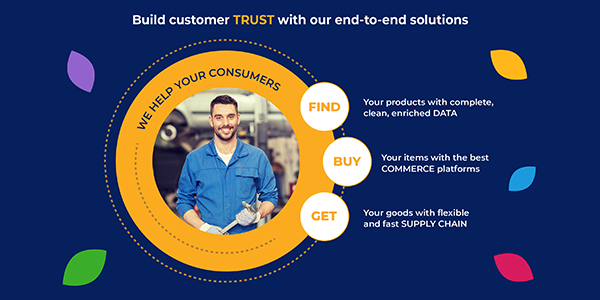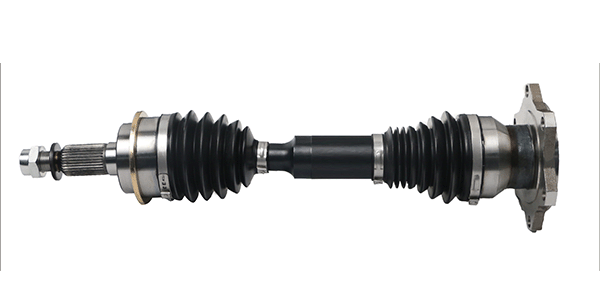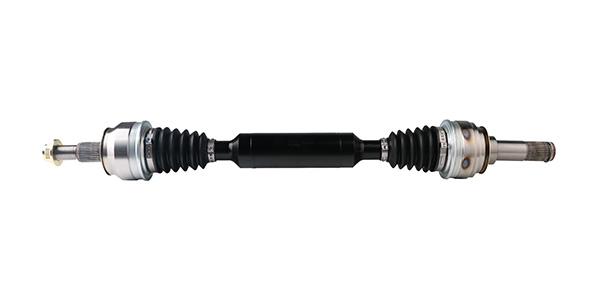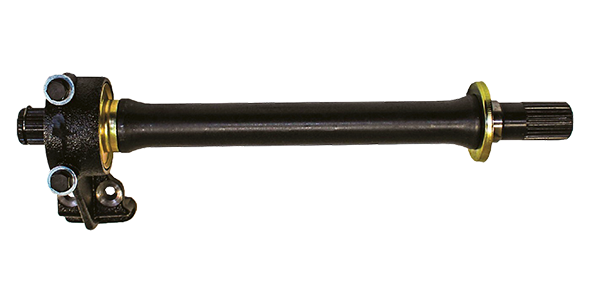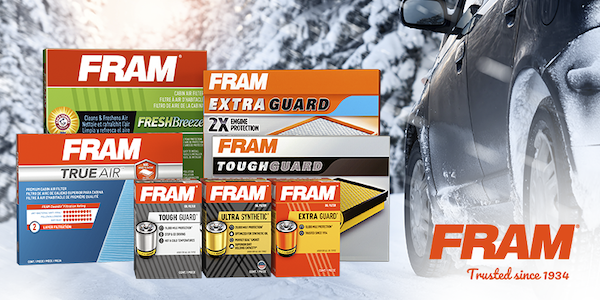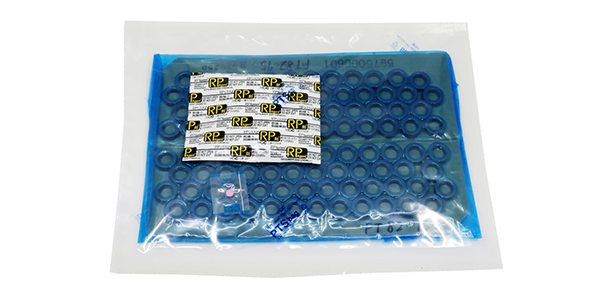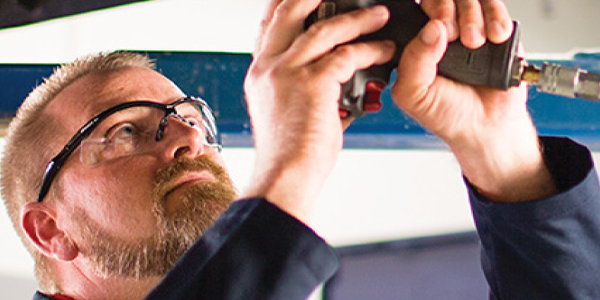
For over 4,000 years businesses offered accounts receivables (A/R) to customers. Extending credit is an effective sales tool that promotes larger purchases, increased buying frequency, and unrivaled customer loyalty. Typically, businesses perceive the main cost of A/R being defaults; however many businesses fail to realize the back-end costs associated with a traditional credit program. The fact is, the AR costs can turn out to be surprisingly large.
Where are the Costs Coming From?
The cost of A/R can be broken down into three categories: administrative, bad debt expense, and opportunity costs. These costs can add up and make net terms more expensive than credit card payments.
Administrative costs represent the cost to administer, manage and collect accounts receivable. This includes software, payment processing, credit bureau fees, credit insurance and labor. It also includes fees related to factoring, receivable financing and early payment discounts.
Bad debt expense represents the actual write-offs of receivables. Bad debt expense makes up about only 1.1% of credit sales.
Opportunity cost represents interest that otherwise would have been earned on other cash investments or return on capital on alternate investments. It also includes time sales reps used to encourage payment with their customer relationships instead of making sales calls.
So Why Extend Credit?
By extending credit, buyers gain substantial benefits: optimal cash flow, fewer penalties for late payments and bigger buying power with a separate line. About 52% of businesses are asked for extended terms by their clients for means of procurement and make larger purchases with the supplier that provides them the best terms. The average credit card order is $108, while the average net terms order is $908.
How Do You Lower Your A/R?
Accounts receivable automation can lower A/R cost. Digital transformation is simplifying how businesses operate, no longer do businesses need to be an expert in everything. Companies use SaaS solutions to run payroll, offer employee benefits, and manage servers. All of this leads to businesses to be more efficient and profitable. A/R automation simplifies the process of A/R, eliminates non-value adding processes and creates an improved buyer experience. As a company automates processes, A/R costs are lowered and human error decreases as customer buying power increases.
The back-end costs associated with a traditional credit program can be surprisingly large. Companies often forget to factor in administrative and opportunity costs when calculating the cost of accounts receivables. Investing in a SaaS program that can automate A/R can simplify, lower costs and create an improved buyer experience.
This article was sponsored by Apruve. For more information, please visit our website at apruve.com



